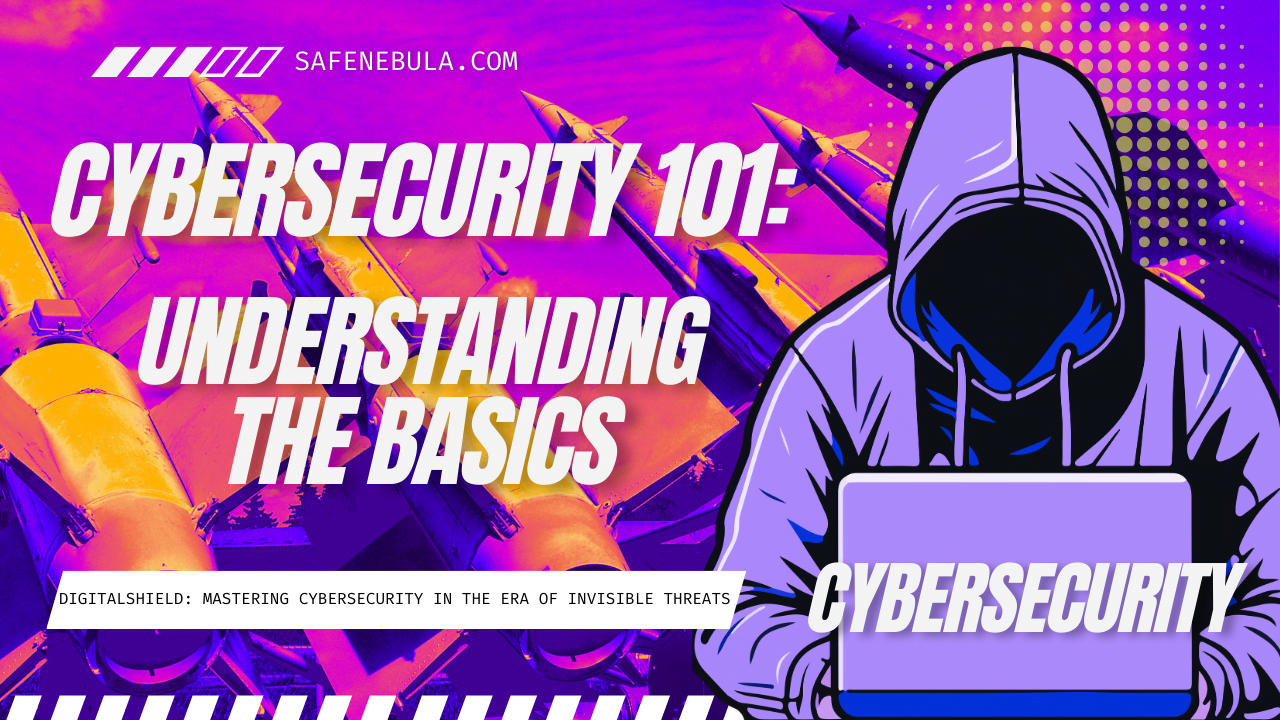Cybersecurity 101: Understanding the Basics
Welcome to the digital age, where your online security is as crucial as locking your front door. As you step into the vast world of the internet, it’s vital to arm yourself with knowledge to protect your digital presence. This guide is your starting point into the realm of cybersecurity, designed to introduce you to the fundamental concepts and practices for safeguarding your online life.
What is Cybersecurity?
Cybersecurity refers to the practices and technologies designed to protect computers, networks, programs, and data from unauthorized access, attacks, or damage. In simpler terms, it’s about keeping your digital information safe from anyone who shouldn’t have access to it.
Common Cyber Threats
- Viruses and Malware: Malicious software designed to damage or disable computers and computer systems. Viruses spread between computers, while malware can include ransomware, spyware, and worms, each with a specific harm in mind.
- Phishing Attacks: These are deceptive emails or messages that trick you into providing sensitive information (like passwords or credit card numbers) by pretending to be from a trusted source.
- Password Attacks: Hackers use various techniques to crack or steal your passwords, gaining unauthorized access to your personal accounts.
Basic Practices to Protect Yourself Online
- Use Strong Passwords: Create complex and unique passwords for each of your accounts. Consider using a passphrase or a password manager to keep track of them.
- Enable Two-Factor Authentication (2FA): Adding an extra layer of security beyond just a password can significantly enhance your protection.
- Regularly Update Your Software: Software updates often include security patches to fix vulnerabilities that hackers could exploit.
- Be Wary of Suspicious Emails and Links: Learn to identify phishing attempts. When in doubt, don’t click.
- Use Antivirus Software: Install reputable antivirus software to help detect and remove malware from your devices.
- Secure Your Home Network: Change the default password on your home Wi-Fi network and consider using a VPN for added encryption when browsing.
Why Cybersecurity Matters
In our interconnected world, a breach in cybersecurity can lead to identity theft, financial loss, and a significant invasion of your privacy. As digital citizens, understanding and implementing basic cybersecurity measures is not optional; it’s essential.
Take Your First Step
Congratulations on taking your first step toward a more secure online presence. Cybersecurity might seem overwhelming at first, but by mastering the basics, you’re well on your way to safeguarding your digital life. Remember, cybersecurity is a journey, not a destination. Stay curious, stay informed, and never hesitate to seek out more knowledge on protecting yourself and your loved ones online.

Frustrated by complex jargon that seems impossible to understand?
Concerned about protecting your family’s digital world but feel overwhelmed by the constant threats?
If you answered yes to any of these questions, then this guide is exactly what you need!
The digital age is thrilling, but it’s also fraught with dangers. Hackers, malware, phishing scams – the threats are endless and ever-evolving. You feel exposed and vulnerable. Perhaps you’ve even been affected by a cyber attack and know the devastating impact it can have on your finances, your job, your family. We understand how you feel. The world of cybersecurity can be complex and intimidating.
That’s why we’ve created “CYBERSECURITY FOR BEGINNERS.” This book is your guiding hand, breaking down complicated concepts into easy-to-understand language. It’s designed specifically for you – someone who needs essential skills and knowledge without the unnecessary jargon.
